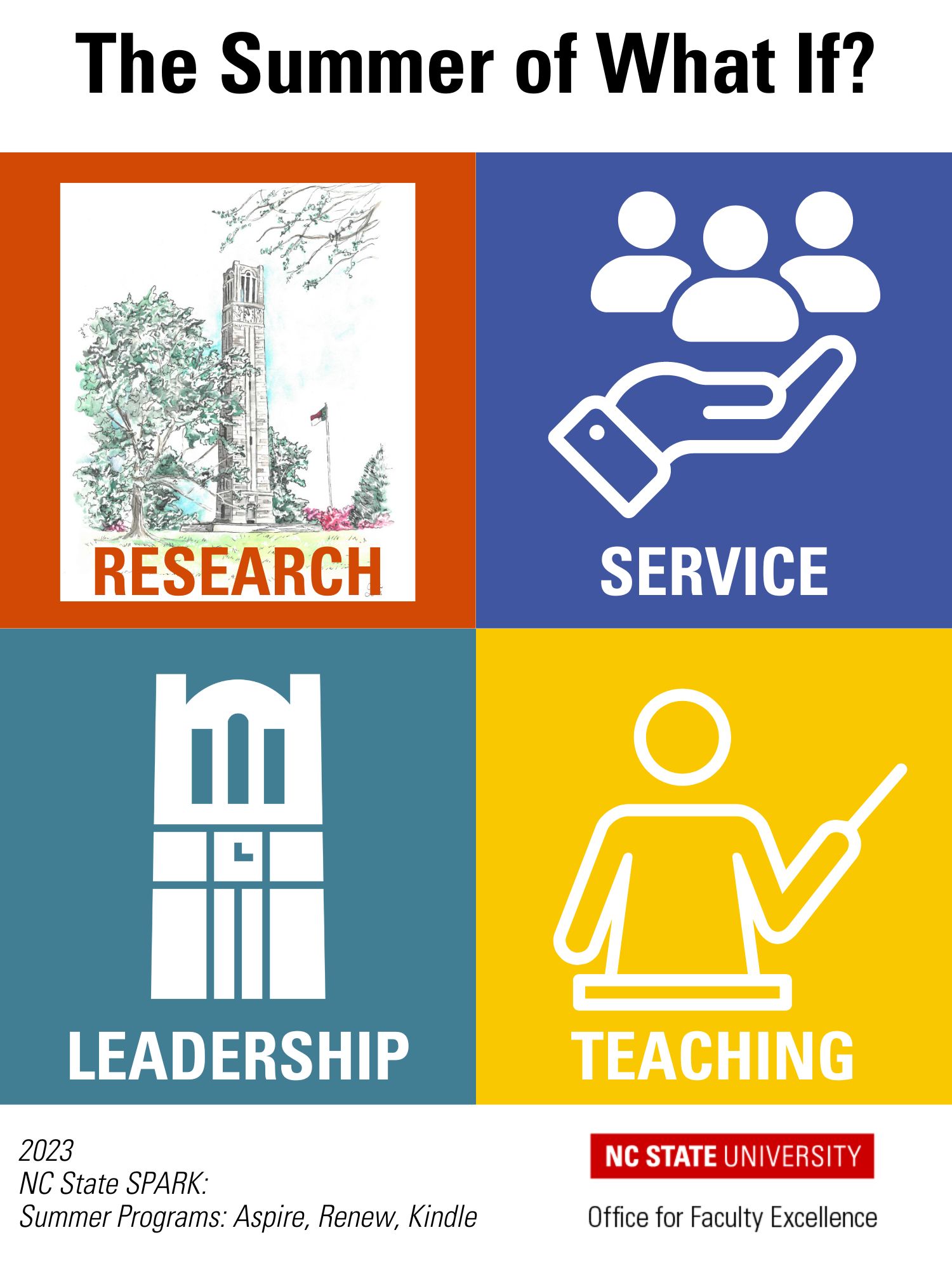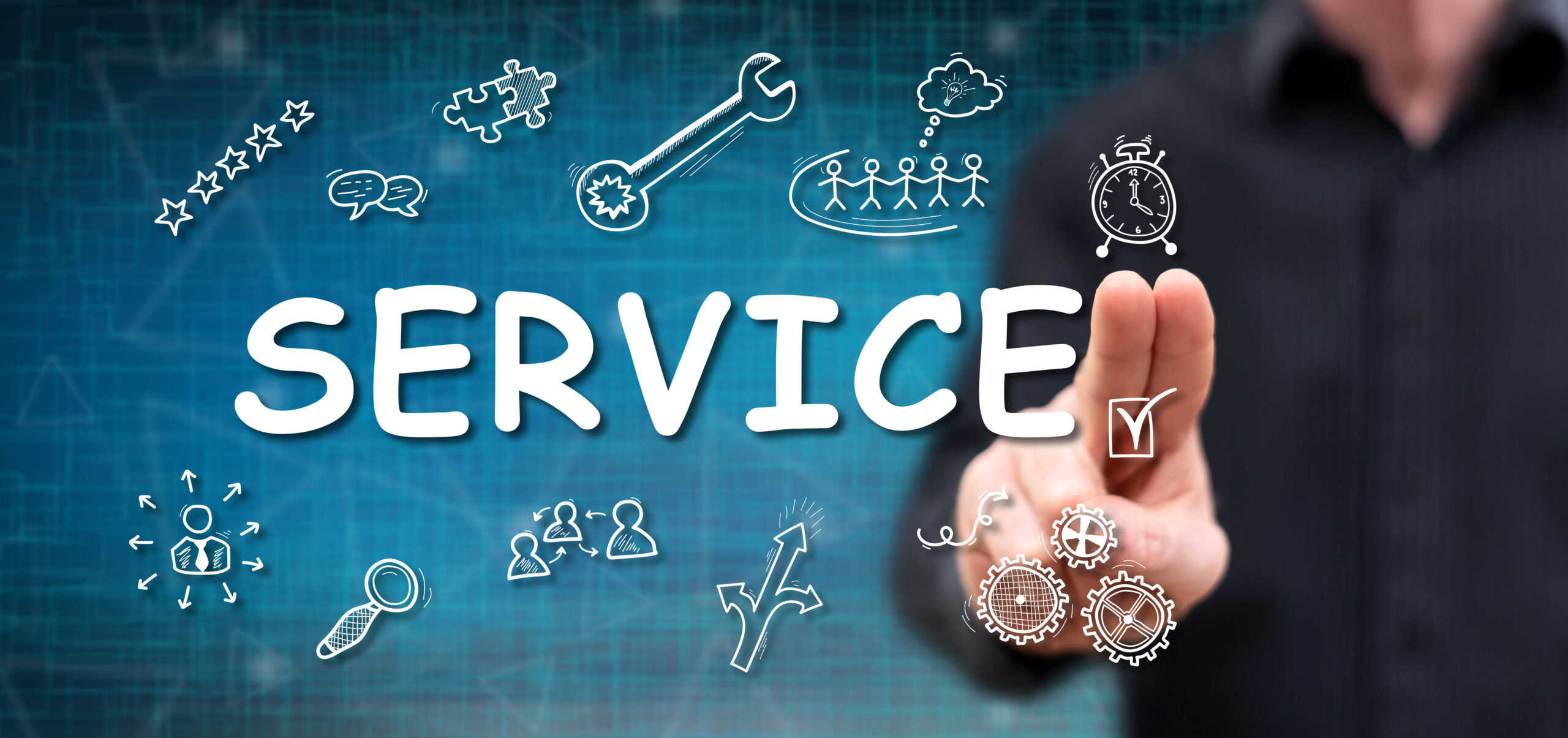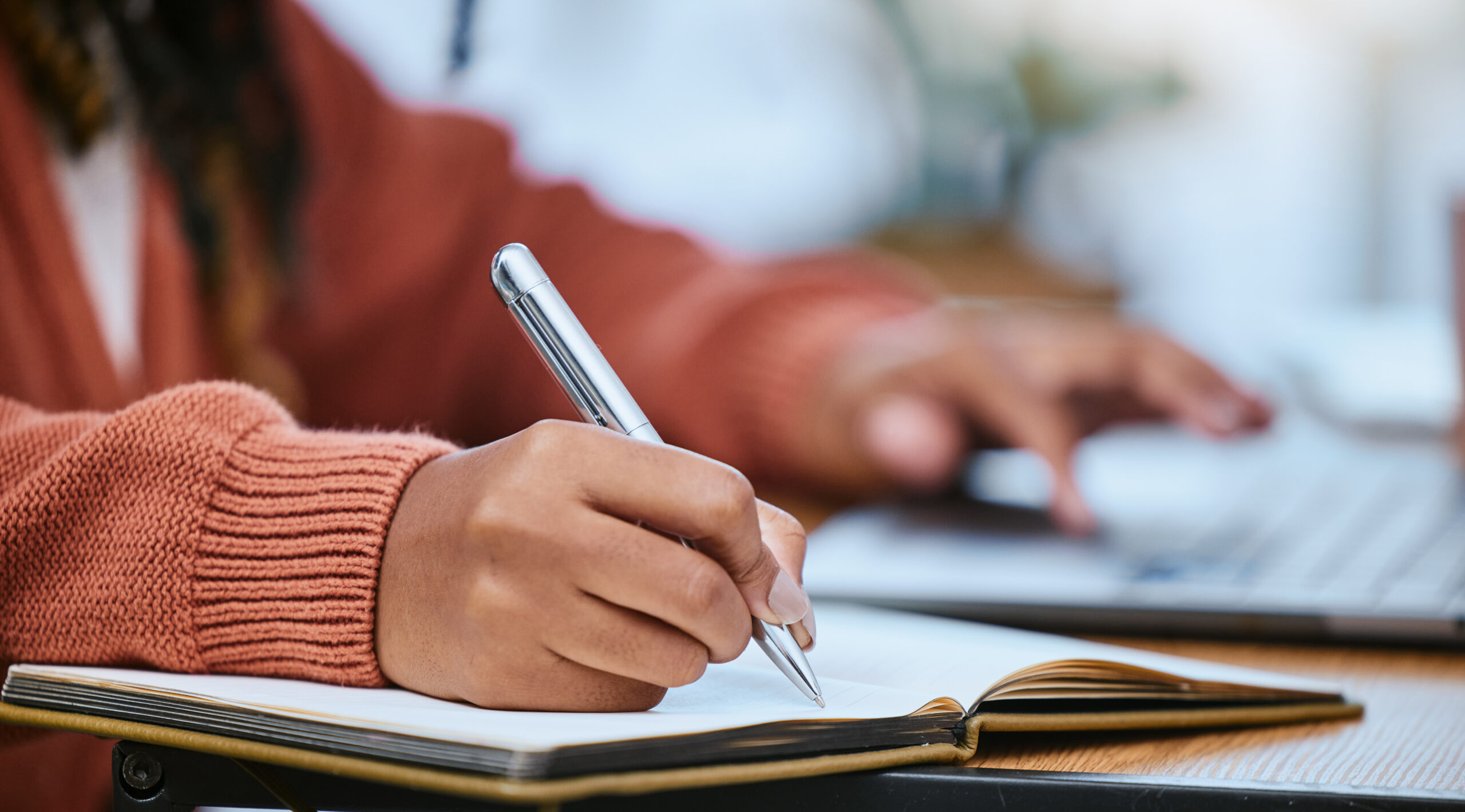Podcast
The podcast intro music, Peachtree, was composed and performed by Jopsy Bayog, a 2021 NC State graduate.
The transcript to the podcast can be found here.
Article
Back in the day, when chemistry playsets had enough magnesium strips to start a sizable fire, I used to play around and pretend that I was Marie Curie. I did my best to isolate interesting chemicals from soil, rocks, and plants for my mom‘s garden. In a time with no internet and very limited access to television, books for children romanticized Marie’s figure – the abnegated, immigrant scientist, working away, moving around what appears to be tons of minerals in a little shed, finding new elements with amazing properties, and winning a Nobel Prize in Physics, a distinction that until that point had been reserved for men. In the meantime, she married a handsome Frenchman (I don’t know if Pierre Curie was good looking, but at least he didn’t make her life harder, so that’s handsome right there), had a couple of kids, managed to win a second Nobel Prize (in Chemistry), and laid the foundation for her daughter Irène to win one of her own. Her story gave me hope, made me want to major in chemistry, and started my lifelong obsession with research excellence (and the Nobel Prize).
When we decided to shadow an extraordinary researcher as part of our Summer of What if? program at OFE, the first person that came to my mind was the last woman to win the Nobel Prize in Chemistry (2022), Carolyn Bertozzi. At Stanford University, she is the Baker Family Director of Stanford ChEM-H and holds the Anne T. and Robert M. Bass Professorship in the School of Humanities and Sciences. She is also an Investigator at the Howard Hughes Medical Institute (HHMI) and is the former Director of the Molecular Foundry, a nanoscience research center at Lawrence Berkeley National Laboratory. I am still pinching myself that she said yes to my request and allowed me to come spend a day with her (May 11, 2023) to experience her unique approach to research and leadership.
In case you are not familiar with her work, Carolyn Bertozzi shared the 2022 Chemistry Nobel Prize with Barry Sharpless and Morten Meldal “for the development of click chemistry and bioorthogonal chemistry.” While Sharpless and Meldal developed the reactions that are known as “click chemistry,” which allow for the assembly of small blocks in very precise ways, Bertozzi took things further and, using her expertise in cell surface sugars, ended up creating the field of bioorthogonal chemistry; a set of chemical reactions that allow researchers to study molecules and their interactions in living things without interfering with natural biological processes. Initially conceived as a way to attach fluorescent tags to biological targets, the reactions have been applied to the solution of many practical problems, including the creation of new biological pharmaceuticals that can target tumor growth.
Carolyn’s road to the Nobel Prize was quite different from Marie Curie’s. Her dad was a physics professor at MIT. She attended the most prestigious universities in the US, and her list of awards is so long that it takes a while to scroll through that section on her Wikipedia page. Just last week she was awarded the American Chemical Society’s Priestley Medal, the highest honor bestowed by that institution. Today her lab is a part of ChEM-H, a magical space filled with light and ideas. A unique blend of chemistry, engineering, and medicine, walking around ChEM-H is like being immersed in an ocean of creativity. Graduate students, postdocs, support staff, and faculty from all over the world mill about and gather for meetings; every whiteboard is covered with formulas and concepts. Her lab is nice and well equipped, but not nearly as large as I imagined it to be, considering that she has a large group of graduate and undergraduate students, and ten postdocs at the time of my visit.
Her office is at the end of a short hallway, an unassuming space full of books, awards, and a very large bass guitar with the logo of the journal ACS Central Science (she’s the Editor-in-Chief). As an undergraduate she played in several bands, and music is still a really important part of her life. When I entered her office I got the impression that it was a very efficient yet welcoming space; a place that matched her energy as a hub of activity. Every person that I met that day told me how lucky I was that Carolyn had made time to meet with me. Her time is a valuable commodity, and I was determined to make the most of my day with her.
Carolyn was scheduled to spend part of that day with graduate students and postdocs. After meeting the first graduate student of the day and learning that he had to discuss a private matter, I opted out of that meeting and went for a tour of the Bertozzi labs instead. The space felt comfortably familiar to me: well illuminated, housing all the equipment required for everything from cell culture to separations, with smaller rooms for specialty equipment. There I was shown around by her Lab Manager, and met a couple of her graduate students. Every person that I met was eager to share what they knew about Carolyn; in a way I felt as if all of them wanted to help me write this profile. They made sure that I knew that she’s powered by Diet Coke and peanut butter, that her favorite TV show is Breaking Bad, and that her dedication is unmatched. Some of them mentioned her musical talent, and how she once played guitar in a band with Tom Morello. My inbox started to fill up with links to everything from her TEDXStanford Talk, to some Bertozzi trivia, to her Nobel Prize Lecture, to my favorite one: her Nobel Prize Banquet speech (it has everything, including a trumpet fanfare, Carolyn in a gorgeous dress, and her unforgettable toast: “To simplicity, to freedom, to life!”).
After this thorough infusion of information, I was ushered into her office, and my shadowing began in earnest. As I attempted to be quiet and unobtrusive – embracing the spirit of the intern – she met with a postdoc getting ready to leave to take a faculty position. Her complete attention was focused on the conversation, which was peppered with well-placed questions and references to the recent literature. During the exchange it became apparent to me that she had a number of goals for the meeting, and for their long-term relationship in general, and that those were all centered on the academic and personal success of the postdoc. She wanted to make sure that he had all the tools he needed to succeed in his new endeavor, but also that he had connected with current lab members so that the projects that he had worked on had continuity within the group. Papers submitted and in progress were swiftly reviewed, and authorship orders were determined with mutual respect and agreement. I was impressed with the level of engagement and energy of the exchange (which felt like a chemistry episode of The West Wing, complete with rapid fire dialog and a very large ensemble cast).
The next part of the day involved more meetings (both on Zoom and in-person), some of them of a sensitive nature and not all accessible to me. This gave me time to meet with other members of the Bertozzi group, the Stanford Department of Chemistry, and ChEM-H, until finally it came time to record our podcast. I hope that you will take the time to listen to it, and that you consider sharing your impressions with us. I can tell you that I tried to ask questions that could be interesting to any academic, at any career stage, and I feel that I was rewarded with candid answers. The interview made me realize that the theme of any interaction with Carolyn is always making connections. She is open to finding them, fostering them, and uncovering them at all times, and is willing to take risks by taking opportunities to make new connections. This is the way she puts it:
“Opportunities come by. The metaphor that I use when explaining my philosophy to my students is: You’re sitting in a bus stop, and buses come and stop and you get on or you don’t; you are waiting for the right bus. But sometimes, in the real world, you don’t know which bus is the best bus, then at some point you have to have an instinct when you see a bus and it stops and you think “I’m going to get on that bus.” It may not be the bus that you thought you were going to get on, but it’s an opportunity and you have to decide which opportunities you are going to seize and which opportunities you are going to pass on. When I see opportunities where I think I can make a difference, or I am the right person to get involved, and I feel that I can contribute something, I find it hard to say no.”
I also noticed during the course of my visit that her lab includes people from lots of different backgrounds. Her group not only has a variety in terms of race, ethnicity, and gender, but also in terms of the kind of science background that they bring to the table. This is not happenstance- it is the result of a concerted effort to recruit and maintain this level of diversity, a core value of ChEM-H, which she wholeheartedly supports.
“I think academia is well suited for lots of people because it tolerates a pretty large breadth of personalities and styles and interests. It’s not a cookie cutter kind of profession.”
I think my favorite part of our podcast conversation was when Carolyn addressed her use of Twitter. To my surprise, she disclosed that she uses it as a way to stay informed of the latest developments in the field, as her own personal journal feed. During my time with her I saw her pull out her phone and very quickly produce some very recent references, and now I know that her fast recall is connected to the use of the social media platform.
“I started using Twitter because it was an easy way to follow the journal feeds. So I could quickly see what papers just came out.The nice thing about having a community of followers and people that I follow is that because we have sort of overlapping interests- if I miss an article or some important paper comes out, someone that I follow will have retweeted it and I’ll find it, I’ll get to see it. So maybe that’s the most powerful consequence of being on Twitter- for me to be able to stay up to date on things that are happening in the world, and in the news, and in the biopharma industry, in the literature, academic labs, and universities that I’m interested in following and less so about people following me.”
At the end of our day together, I get to attend the Bertozzi Group meeting. On the day of my visit they are having their undergraduate symposium presentations – a showcase of the mentoring efforts of graduate students and postdocs translated through the eyes of undergraduates from first-year to graduating seniors. Carolyn has a question for every single one of them, always tailored to the level of their knowledge, and usually referring them back to fundamental organic chemistry concepts. The lab work is mostly about cell surface sugars, but each project has its own unique slant, all connected by an elegant thread and underpinned with solid chemistry. The group is composed of widely diverse individuals, with different areas of expertise and interests. In the same meeting there are discussions about mass spectrometry, brain physiology, and protein folding. And at the end of the meeting there is a farewell to a member that is heading over to medical school and is treated to one of Carolyn’s famous “10 reasons why it’s a good thing you’re leaving the lab.” I have watched her collecting tidbits about the departing student all day long, and I finally watch her string all of them together into a touching and hilarious narrative that brings the long day to a close.
When it’s time for me to say goodbye,I feel fortunate to have spent my day learning at Stanford. I may not have been the best intern (I only brought Carolyn one Diet Coke, and I had a really hard time staying quiet and listening), but I feel that I have learned so much about what makes a fantastic researcher. I am exhausted and my head is filled with ideas. I realize that Carolyn must be too, and yet today was, for her, just a simple day at the office. Yesterday she hosted a ChEM-H conference and a banquet with donors, and she mentioned that she has extensive travel coming up. And she’s doing all of this while raising three boys and also supporting her aging father, but she juggles it all with such grace that it seems effortless. I watched a master make connections all day long. I am now ready to go on and make some connections of my own.
These are the main lessons that I took away while embracing the spirit of the intern and observing Carolyn Bertozzi’s approach to research:
- Pay attention and stay focused. Every conversation deserves your undivided attention.
- Research is a game of connections – stay open to new ideas.
- There is strength in numbers, and in bringing together diverse abilities and personalities.
- Use the tools at your disposal, even social media can support your research.
- Get on that bus! Opportunities will come along and you have to decide to seize them.
Acknowledgments:
This interview and podcast recording would not have been possible without the support provided by Gabby Gomez, who is the Administrative Coordinator to Dr. Bertozzi. I am also thankful to Lab Manager Naymalis La Santa Medina, Scientific Program Manager Bria Castellano, and lab members Egan Peltan and Dr. Nick Riley.
Resources
Printable PDF Artwork of the NC State University Memorial Belltower. the watercolor illustration was created by artist is Olivia Allen, a freshman Architecture student with a very unique style and perspective that really embraces the spirit of an intern. We are excited to show you the NC State campus through her eyes.
- Categories:



